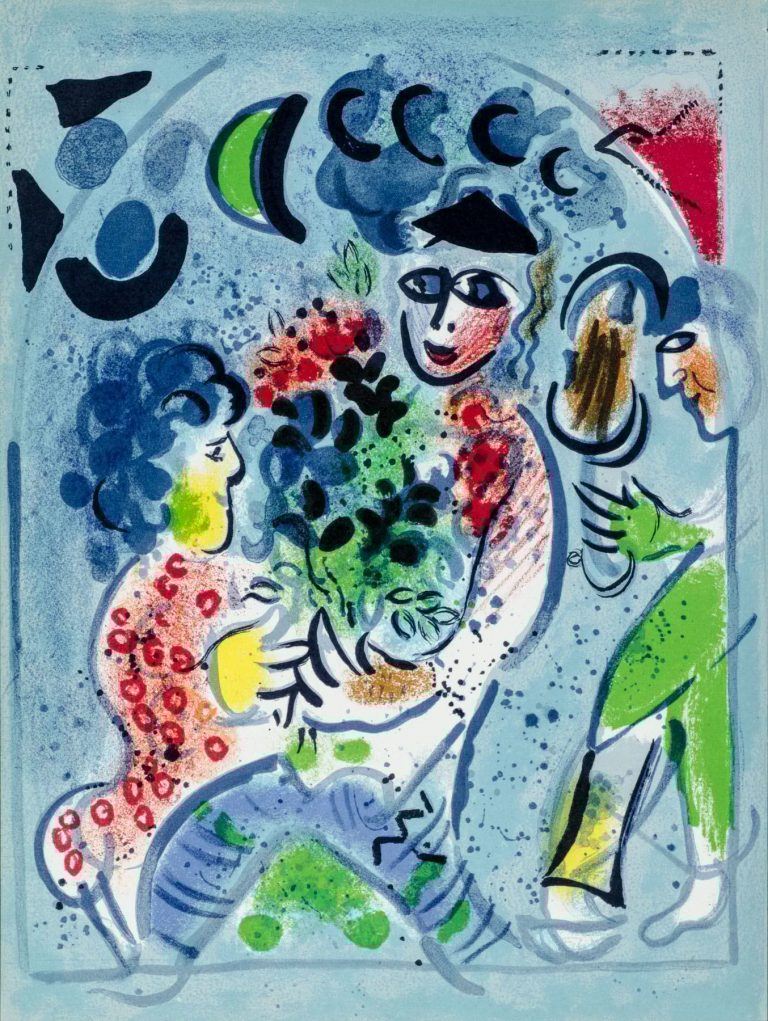


The size of your labels depends on the size of the art, the size of the font you use, and the size of the crowd expected. If the exhibit is small or in a single room and there's a large sign with your name on it, you probably don't need your name on every label. If your work is hanging at a restaurant where a customer could stare at it for longer periods of time, your name should be on every label. This label references 3 works in close proximity. This gallery in Denver went to great lengths to match the text to the colors in Barbara Gilhooly's art. If there are multiple rooms in the exhibition and your show's title text doesn't appear anywhere near your works, you might need your name on every label.

When showing with other people, distinguishing between artists is more important and names should be first. In a one-person exhibition, your name need not be as prominent on labels and you might, instead, make the title larger and put it before your name. Your art labels should include your name, object title, and media/support/technique-at a minimum.Ī retrospective of your work should also include the dates. Then there are individual labels next to each artwork. Those longer labels give context to what the viewer is about to see and are placed at the entry to the show. Many art exhibitions open with a statement by the curator or artist. The Basics for Exhibition Labels Next to Your Art Installation of 4 works by Margaret Kasahara at the Boulder Public Library in 2018. Approach the making of the wall labels you place next to your artwork with thoughtfulness and common sense.


 0 kommentar(er)
0 kommentar(er)
